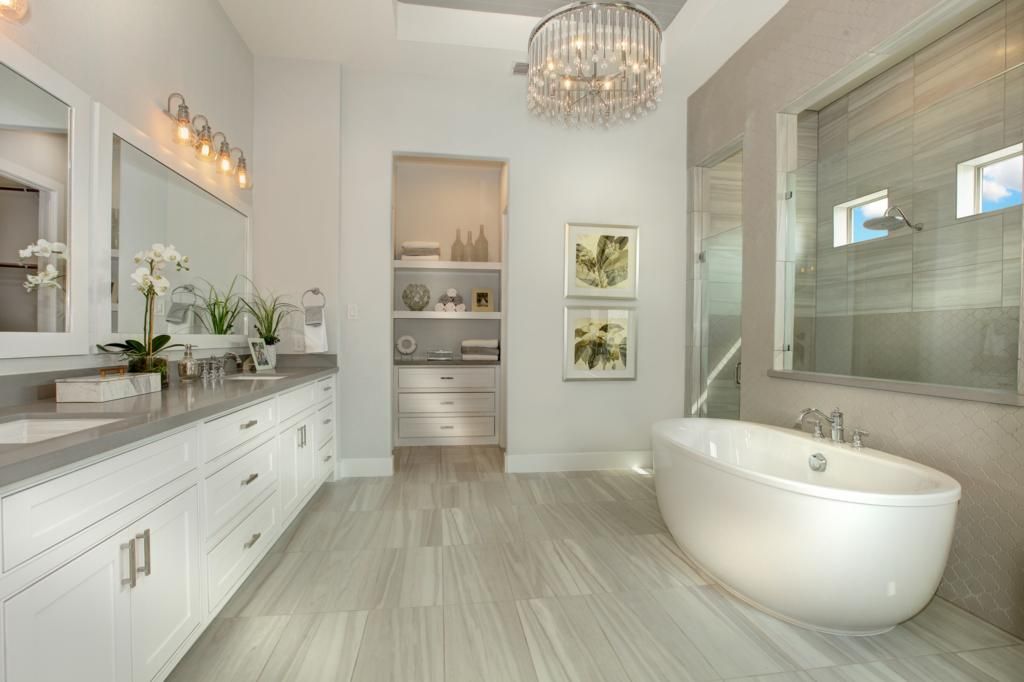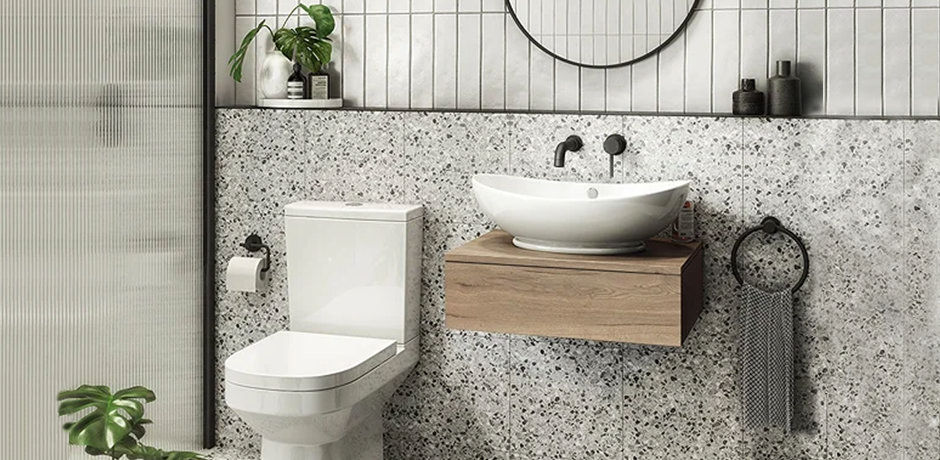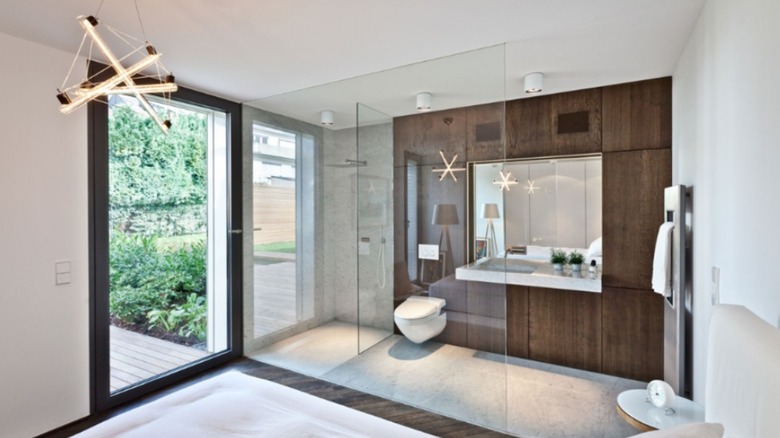
Water-Saving Bathroom Hacks: Enhancing Efficiency and Sustainability
Share
In a world that is rapidly embracing technological advances, it has become increasingly important to find innovative ways to weave tech into our day-to-day lives, particularly in the area of resource conservation. For those passionate about technology, water-saving bathroom hacks present an intriguing blend of tech solutions and sustainability practices. By utilizing smart devices and adopting mindful habits, we can effectively reduce water waste in our homes, especially in the bathrooman area often notorious for excessive water consumption.
So, why should tech aficionados prioritize water conservation in their bathrooms? The answer is clear: the future demands it. As concerns regarding water scarcity and the environmental impact grow, embracing water-saving strategies is not merely a trend; its an essential transition toward a more sustainable way of living. Furthermore, the amalgamation of technology makes this shift both smooth and efficient.

The Significance of Water Conservation in Tech-Centric Lifestyles
For technology professionals, the notion of efficiency transcends technical proficiency; it encompasses environmental stewardship as well. By adopting water-saving bathroom hacks, you contribute not only to a global initiative but also optimize your homes efficiency. The incorporation of smart devices and cutting-edge solutions makes water conservation a natural extension of your tech-savvy lifestyle.
Consider the facts: As reported by the Alliance for Water Efficiency, an average American household consumes about 300 gallons of water each day, much of which is utilized in the bathroom. By adopting targeted water-saving strategies, we can dramatically reduce this consumption, leading to lower utility bills and a smaller carbon footprint.
Innovative Gadgets for a Water-Efficient Bathroom
One of the most thrilling aspects of being a tech enthusiast is the ability to incorporate the latest technology into everyday activities. In the bathroom, this enthusiasm can translate into several innovative solutions:
1. Smart Showerheads
These advanced showerheads come with sensors and timers that manage water flow and temperature. They can be programmed to turn off automatically after a pre-set duration, ensuring you dont use more water than needed. Some models even provide real-time data on your water consumption, enabling you to track and minimize usage.
2. Low-Flow Toilets
Transitioning to a low-flow toilet is one of the most effective methods for conserving water in the bathroom. These models use significantly less water per flush when compared to traditional toilets. For the tech-savvy, some versions come with smart features that analyze flushing habits and adjust water usage for optimal efficiency.
3. Sensor-Activated Faucets
Once exclusive to public restrooms, sensor-activated faucets are becoming a smart choice for home bathrooms. These faucets utilize infrared sensors to detect movement, turning on only when needed, which drastically minimizes the common issue of leaving the tap running.
Maximizing Efficiency with Conscious Practices
While technology plays an integral role in water conservation, adopting mindful practices is equally crucial. Tech enthusiasts can leverage their analytical mindset to cultivate habits that maximize efficiency:
1. Regular Maintenance
Routine checks for leaks and the ongoing maintenance of all bathroom fixtures can prevent unnecessary water loss. Many leaks go unnoticed, and a minor drip can lead to significant water wastage over time. For tips on how to keep your low-flow toilet in top shape, refer to our article on cleaning low-flow toilets.
2. Shortening Showers
Even with smart showerheads, being mindful about shower duration can lead to substantial water savings. Setting a timer or making a conscious effort to reduce shower time can make a difference.
3. Spreading Awareness
As someone passionate about technology, you have a unique opportunity to inform others about the importance of water conservation. Share your insights and encourage your peers to embrace both water-saving technologies and sustainable practices.
Conclusion
Integrating water-saving bathroom hacks into your daily routine not only benefits you personally but also contributes to a larger environmental movement. By harnessing technology and adopting thoughtful habits, tech enthusiasts can pioneer efforts to create more sustainable living spaces. Whether through the installation of smart devices or by practicing conscientious water use, every action counts toward a more sustainable future.
To explore how technology can further enhance your home environment, check out the impact of high-efficiency toilets on water conservation. For more about how IoT is influencing sustainable living, visit how IoT is changing sustainable living.

FAQs on Water-Saving Bathroom Hacks
How do sensor-activated faucets conserve water?
Sensor-activated faucets conserve water by only activating when motion is detected, preventing unnecessary flow when not in use.
What advantages do low-flow toilets offer?
Low-flow toilets reduce the amount of water used per flush, which translates to lower water bills and a reduced impact on the environment. They are essential in creating a water-efficient bathroom.
Do smart showerheads really help save water?
Absolutely! Smart showerheads can significantly reduce water consumption by monitoring and controlling the flow and temperature of water, encouraging shorter showers.
This article contains affiliate links. We may earn a commission at no extra cost to you.
